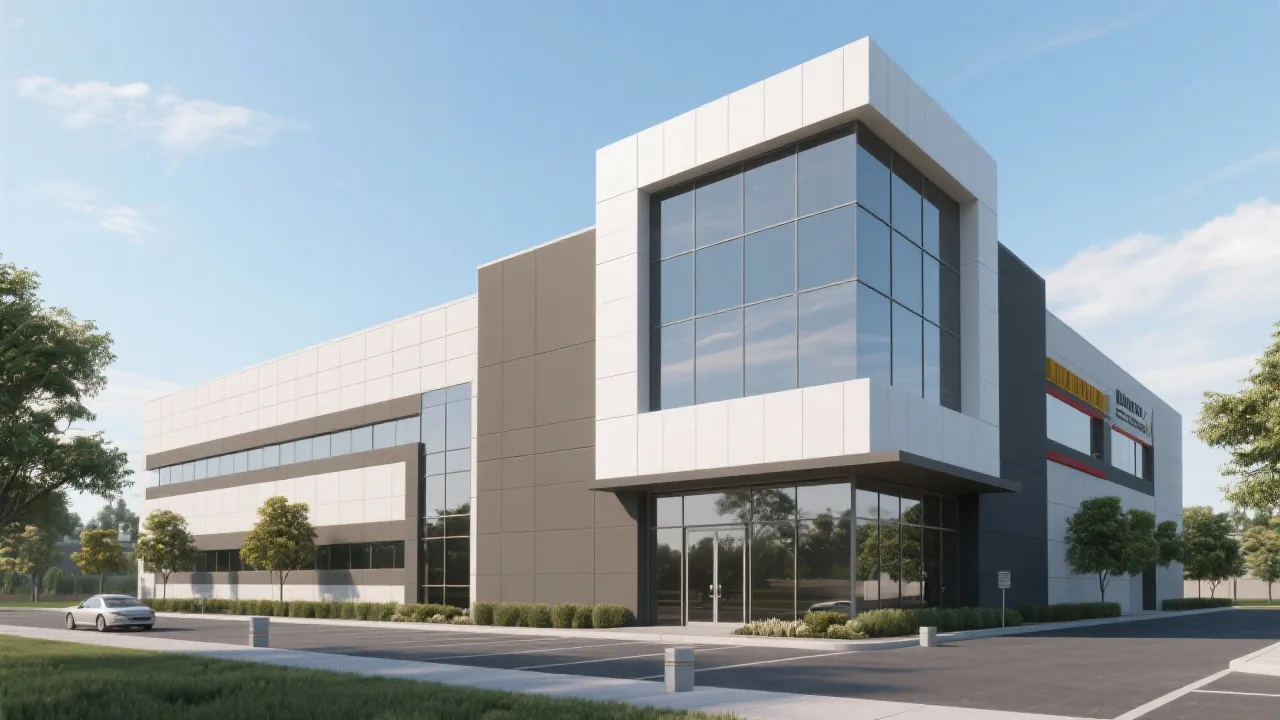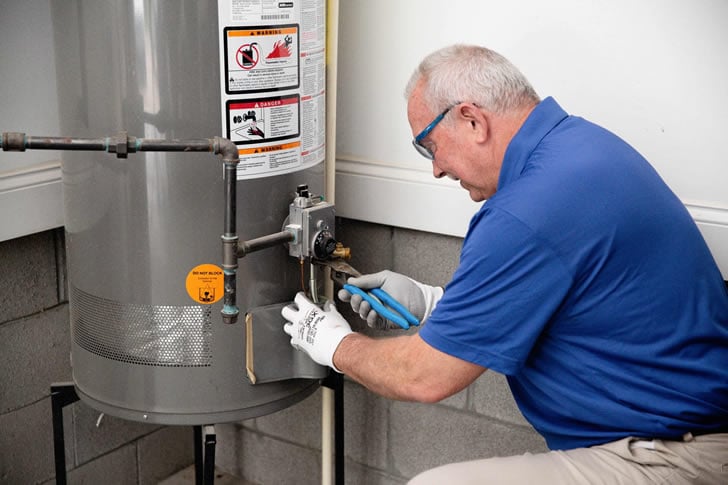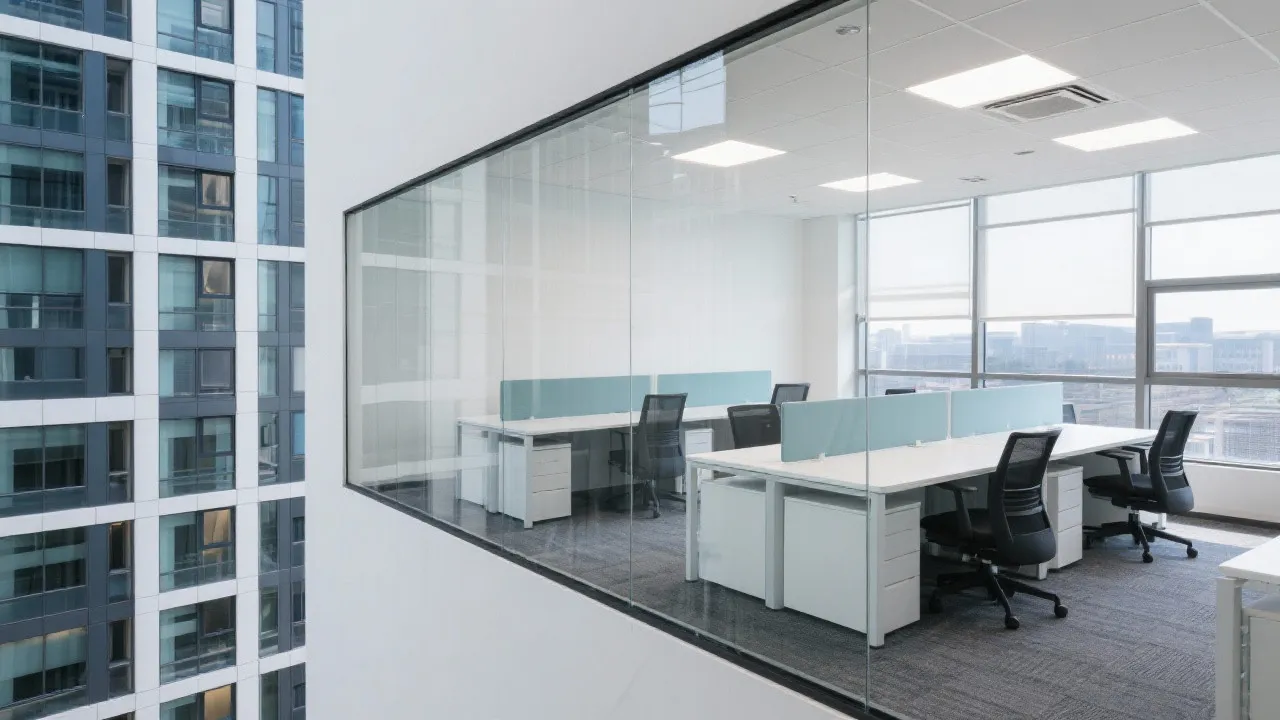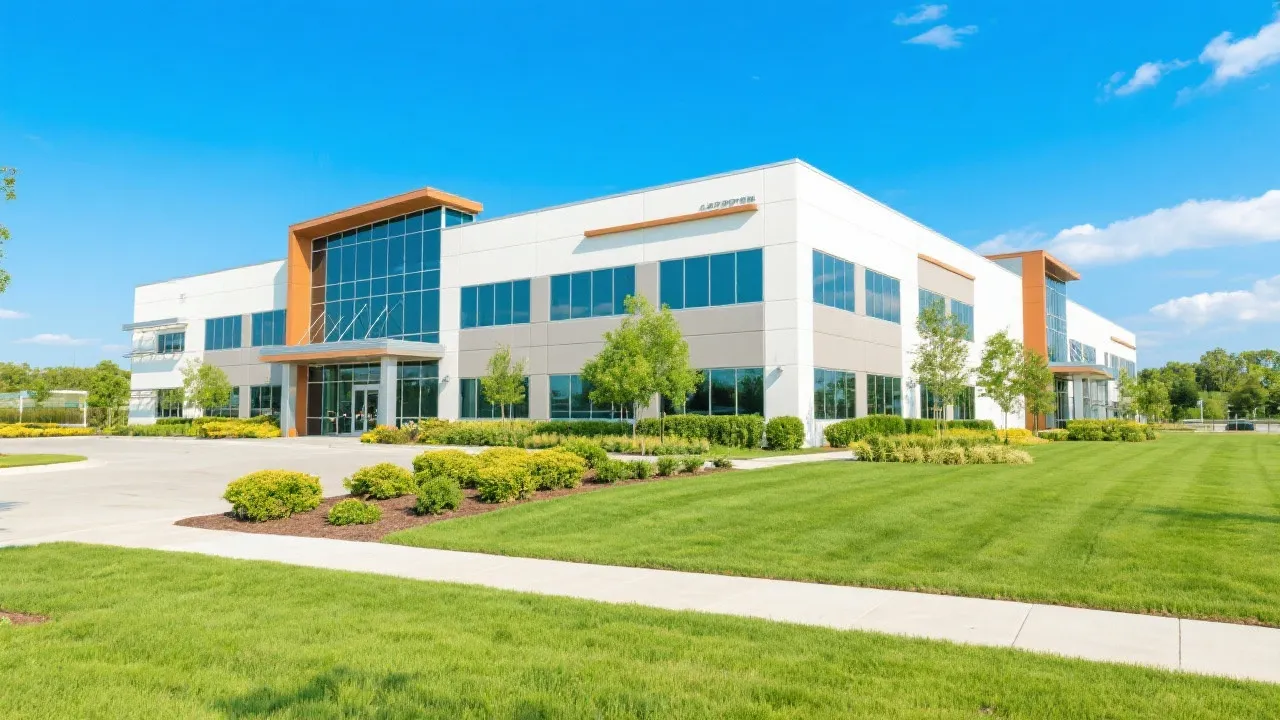Navigating Facility Realty Success
Facility realty involves the management, acquisition, and optimization of properties used for business operations. As a niche within commercial real estate, it demands strategic insight and comprehension of market dynamics. Facility realty integrates elements such as location analysis, adaptability to economic shifts, and alignment with business goals, offering a challenging yet rewarding field for industry professionals.

Understanding Facility Realty
Facility realty refers to the specialized sector of real estate concerned with the acquisition, management, and strategic operation of facilities used for business operations. This niche includes office spaces, logistical centers, and industrial facilities. The essence of facility realty is its focus on aligning physical spaces with business needs, thereby ensuring operational efficiency and supporting corporate goals. Moreover, facility realty transcends simple property management; it involves a sophisticated understanding of how physical spaces can influence productivity, employee satisfaction, and operational effectiveness. This understanding leads to a more strategic approach to real estate that prioritizes long-term returns over short-term gains.
The Dynamics of Facility Realty
In the realm of commercial real estate, facility realty holds distinct challenges and opportunities. One of the core components is the strategic evaluation of location to meet business objectives. For instance, logistical centers must prioritize proximity to transport networks to minimize distribution costs. Similarly, office spaces in urban centers must balance accessibility for employees with competitive costs. To illustrate, companies often conduct extensive market analyses, blending geographic information systems (GIS) with demographic statistics to project future growth areas and identify optimal locations for new facilities.
Furthermore, facility realty is deeply impacted by economic shifts and technological advancements. Professionals in this field must remain adaptable, integrating new technologies and sustainable practices to enhance property value and operational efficiency. The rise of e-commerce has drastically altered the demand for certain types of facilities, leading to the proliferation of warehouses and distribution centers in urban outskirts, where rapid delivery is a critical differentiator. Conversely, traditional office spaces are undergoing a transformative evolution, influenced heavily by remote work trends and employee demand for flexible environments. As such, facility realty professionals are increasingly called upon to rethink the purpose and design of office spaces to create environments that foster collaboration while also accommodating remote work setups.
Key Considerations in Facility Realty
- Location Analysis: Comprehensive understanding of demographic trends, transportation links, and competitor activity is crucial. Market intelligence can help identify emerging trends that influence the desirability of specific geographic areas. For example, areas experiencing population growth may see an increased demand for office spaces, while regions with expanding infrastructure may attract more logistical operations.
- Adaptability: Facilities must be designed or modified to easily adapt to changing business requirements or economic conditions. This adaptability can manifest in flexible office layouts or the integration of modular storage systems in warehouses that allow for quick reconfiguration as business needs evolve. The COVID-19 pandemic emphasized this necessity, as many businesses quickly had to pivot to accommodate remote workflows while also ensuring safe in-person interactions.
- Sustainability: Implementing eco-friendly designs and practices can not only reduce operational costs but also enhance corporate social responsibility profiles. This includes investing in energy-efficient heating and cooling systems, utilizing renewable energy sources, and adopting sustainable materials in construction. As consumers increasingly favor environmentally responsible companies, businesses that prioritize sustainability in their facility operations can boost their brand image and customer loyalty significantly.
Expert Insights on Facility Realty
Experts in this field emphasize the importance of a holistic approach to managing real estate assets. Strategic planning, financial forecasting, and market trend analysis are vital. Regular portfolio reviews ensure alignment with corporate strategies while responding proactively to shifts in market demands. Facilities must also consider the regulatory landscape—zoning laws, environmental regulations, and labor laws—that can significantly impact facility operations. Additionally, professionals in facility realty advocate for an integrated approach that ties together real estate strategies with broader organizational objectives, ensuring that facility management aligns directly with business imperatives such as growth, efficiency, and employee satisfaction.
Many facility realty experts highlight the importance of incorporating stakeholder feedback into facility design and operation strategies. Engaging employees in discussions about workplace design can unveil preferences for collaborative spaces, quiet areas, or wellness rooms, ultimately fostering a work environment that enhances productivity and morale. On another level, understanding C-suite priorities ensures that facility investments are appropriately positioned within broader business strategies, allowing for greater resource allocation and project buy-in from key decision-makers.
Comparison of Facility Realty Strategies
| Strategy | Description |
|---|---|
| Lease Optimization | Evaluating and renegotiating lease agreements to better align with organizational goals. Companies can realize significant savings through lease restructuring, leveraging current market conditions to negotiate better terms. This approach may also include strategies such as subleasing surplus space or consolidating locations to improve efficiency. |
| Sustainable Practices | Implementing energy-efficient solutions and eco-friendly materials to reduce the carbon footprint. Companies are increasingly being held accountable by stakeholders to demonstrate their commitment to sustainability through certifications such as LEED (Leadership in Energy and Environmental Design) or BREEAM (Building Research Establishment Environmental Assessment Method). These certifications can enhance corporate image and marketability. |
| Technology Integration | Utilizing technology systems for facility management, security, and operational efficiency. Smart technologies, such as IoT (Internet of Things) devices, can monitor energy usage, track asset performance, and maintain optimal safety levels within a facility. Furthermore, software platforms for building management systems (BMS) and enterprise resource planning (ERP) can enhance real-time decision-making capabilities. |
FAQs about Facility Realty
- What is facility realty? Facility realty involves managing and optimizing spaces for business operations. It encompasses a range of activities, from site selection to ongoing management and maintenance, all aimed at ensuring that facilities meet the ever-evolving needs of businesses.
- Why is location important in facility realty? Location determines accessibility, costs, and logistical efficiency, impacting overall business success. A strategic location not only supports logistical efficiencies but also affects talent acquisition and retention, as employees typically consider commute times when selecting a job.
- How can technology enhance facility realty? Technology streamlines operations, enhances security, and enables better resource management. Techniques like big data analytics can provide insights into usage patterns and optimize facility designs for maximum efficiency. Furthermore, automated systems can help reduce overhead costs while improving tenant satisfaction.
Benefits of Effective Facility Realty Management
An effective facility realty strategy can bring multiple benefits to an organization that goes beyond simple cost savings. When correctly managed, facility realty can enhance brand reputation, enable agile responses to market demands, foster employee satisfaction, and ultimately improve profitability. An aligned facility strategy ensures that each square foot of space is utilized efficiently, enhancing operational workflows while also providing an environment that cultivates creativity and collaboration.
Moreover, organizations that embrace comprehensive facility management strategies can better leverage their real estate assets to improve overall business performance. For instance, by taking a data-driven approach to facility management, companies can refine their understanding of how space impacts business operations—a crucial insight that can guide future investments or renovations. Organizations that invest in regular training for facility managers can additionally ensure that they stay updated on the latest industry trends, technologies, and best practices.
Challenges in Facility Realty Management
Despite the numerous benefits, facility realty management does come with its set of challenges. One primary challenge is the rapid pace of change within the industry, which can render more traditional strategies obsolete. For instance, shifts toward flexible work arrangements necessitate the re-examination of office space layouts. Facility managers must remain vigilant and adaptable to ensure that their spaces remain functional, cost-effective, and conducive to business objectives.
Budget constraints are another significant challenge in facility realty. Companies often face financial limitations that can restrict their ability to upgrade or maintain facilities. This situation can lead to a reactive rather than proactive approach to facility management, where issues are only addressed as they arise rather than through strategic forward planning. Building a solid business case for investment in facilities and demonstrating a clear return on investment (ROI) can help facility managers secure necessary funding.
Finally, regulatory compliance can complicate facility management, particularly in industries subject to strict regulations related to health, safety, environmental standards, and zoning. Facility realty professionals must remain informed about relevant legislation and regulations to mitigate risks and ensure compliance, which can require significant investment in both time and resources. Failure to comply with regulations can result in costly fines or damage to an organization’s reputation.
Future Trends in Facility Realty
Looking ahead, several trends are set to shape the landscape of facility realty. One emerging trend is the growing emphasis on wellness-focused environments, which prioritize the health and well-being of employees. With increased focus on mental health and workplace satisfaction, facility managers may explore designs that integrate more natural light, greenery, and amenities that promote physical wellness, such as fitness rooms and areas for relaxation.
Another notable trend is the rising importance of flexible space utilization in response to an evolving workforce. Businesses increasingly recognize the need for adaptable spaces that can serve multiple functions as teams shift between remote and in-person work. This adaptability requires facility managers to consider multifunctional designs and the use of mobile, reconfigurable furniture that can easily accommodate various needs.
The integration of emerging technologies such as artificial intelligence (AI) and big data analytics also promises to transform facility management practices. These technologies will empower facility managers to harness data effectively for decision-making, improving both the user experience and operational performance. Predictive maintenance powered by AI, for example, enables managers to identify potential issues before they arise, thereby reducing downtime and repair costs.
Conclusion
The world of facility realty is a dynamic intersection of real estate management and business strategy. By understanding the nuances and staying attuned to market trends, facility realty professionals can unlock significant value for their organizations. Whether through strategic location choices, adopting sustainable practices, or leveraging cutting-edge technologies, success in this arena demands both insight and innovation. As the business environment continues to evolve, facility realty will play an integral role in shaping the future of workplaces, aligning developments with shifting workforce dynamics and emerging economic landscapes.









